How Do You Become a Sustainable Company?

Many companies have a desire to be sustainable. And for good reason! From a business perspective, sustainability is becoming more important to employees and consumers alike—and not only can sustainability help you attract more talent and customers, but it can also increase profits. And from a societal perspective, sustainable businesses play an important part in supporting the environment, their communities, and the world at large.
But what, exactly, does it mean to be more sustainable? What are the benefits? And how do you become a more sustainable company—and reap the rewards that go along with it?
What Does It Mean To Be A Sustainable Company?
First things first. Let’s quickly touch on what a sustainable company is.
“Sustainable companies are ones that follow the triple bottom line of people, planet, and profit,” says Devi Ramkissoon, Executive Director of The Sustainable Business Network of Greater Philadelphia. “These companies understand that they can do well by doing good. They incorporate considerations for their communities, staff, and the environment while building profitable enterprises.”
The “Three P’s” break down sustainability into three areas:
- People. The company’s impact on their employees, community, and customers.
- Planet. The company’s impact on the environment.
- Profit. The company’s financial performance and profitability.
Companies need to consider “The Three P’s” for their Corporate Social Responsibility (CSR) and Environmental, Social, and Governance (ESG) efforts—as each P plays an important part of the process. “The Three P’s can be thought of as a three-legged stool,” says Shea Cunningham, Principal of Balanced Approach, a consultancy that offers strategic sustainability services. “All three legs of the stool are needed to be functional.”
The Benefits of Building a Sustainable Company
Now that you know what it means to be a sustainable company, let’s jump into why you should prioritize sustainability within your organization.
Sustainability can offer a number of benefits to companies. “Becoming a sustainable business can improve resource efficiencies, mitigate risks, help businesses align with client and investor expectations and regulatory requirements, and enhance reputation,” says Cunningham.
More specifically, some clear benefits of being a sustainable company include:
- Higher profitability. “Sustainable enterprises tend to be more profitable than non-sustainability focused businesses in the long run,” says Ramkissoon. For example, a study from Bain & Company and EcoVadis found that ESG activities are positively correlated with a number of financial markers, like revenue growth. Plus, sustainable options can help companies save money (for example, green initiatives can save on energy costs)—and, as a result, increase profits.
- Customer loyalty. Sustainability is a priority for the modern consumer; they want to work with companies that are doing their part for the planet and their community—and that are treating their employees well. As such, “[sustainable companies] also tend to attract a loyal customer base that appreciates their commitment to sustainability,” says Ramkissoon.
- Attract (and retain!) top talent. A company is only as good as the people that work there. And if you want your company to attract—and retain—top talent, embracing sustainability can be one avenue to do so. “Studies indicate that employees today care deeply about their companies' values and sustainability goals,” says Ramkissoon. “Sustainable enterprises tend to attract high-quality employees and tend to retain employees for longer periods than businesses that are not committed to sustainability.”
Steps To Become A More Sustainable Company
You know what a sustainable business is. You know the benefits of embracing sustainability. Now, let’s jump into the “how.”
When it comes to how to become a more sustainable company, there’s no one-size-fits-all solution. “Every business has a different pathway to sustainability,” says Ramkissoon. “This will depend on the goals of each company, as well as the sector in which they are based.”
That being said, there are some universal steps to take and best practices to embrace while moving towards sustainability, including:
Audit Your Current Operations
You can’t become a more sustainable company if you don’t know where your sustainability efforts currently stand. Which is why the first step in the process of becoming more sustainable as an organization is doing a review or audit.
Look at your current operations across the “three P’s”. What are you currently doing? Where are the opportunities for growth? Where could you make changes to become more sustainable—and what do those changes look like?
Once you have a clear understanding of where you are, you can use it to craft a concrete plan on where you want to go—and “[lay] out a short-term and long-term plan focused on what is most material for your company and how you can measurably achieve your goals,” says Cunningham.
While there are a variety of ways to define your goals, the OKR methodology (which stands for Objectives and Key Results) can be a particularly effective tool for setting sustainability goals and measuring progress across the organization. Want to learn more about how to create sustainable OKRs in your organization? Download our white paper 👇
You might be tempted to jump right into more sustainable practices—but don’t skip this step! Auditing your current operations and defining clear goals can inform the best path forward.
“We recommend that businesses conduct a holistic review of the various aspects of their operations—as well as a variety of options for how they can make specific shifts—before deciding which pathway is best for them,” says Ramkissoon.
Start Small
Once you have a clear picture of your company’s sustainability efforts—and have made a plan for how you want to move forward—it’s time to start actually making changes.
But while you might be tempted to try to change everything at once, the key to a successful move towards sustainability is starting small.
“Pilot improvements on a small scale, evaluate, iterate, and THEN spread location wide, and then corporate-wide,” says Shel Horowitz, a sustainability consultant and green/transformative business profitability expert.
So, what does that look like? “Look first for the low-hanging fruit,” says Horowitz.
For example, you might “replace incandescent light bulbs, high-flow water fixtures, and ancient, leaky windows [and] sort your waste and recycle the recyclables,” says Horowitz. You could also “replace styrofoam breakroom supplies with reusable cups and plates [and] switch to organic, fair-trade coffee and tea.”
By tackling this “low-hanging fruit” first, not only will you make the transition to sustainability more easeful and…well, sustainable, but you’ll also start accumulating cost savings—money which you can then use for more advanced sustainability efforts.
“As you do the easy and inexpensive things, earmark the savings for projects that are more complicated,” says Horowitz—for example, reducing greenhouse gas emissions or reducing company waste and pollution.
Also read: 3 Sustainability Trends To Watch In 2025
Take Care Of Your People
Going green is a big part of sustainability—but it’s not the only part. As mentioned, your people are an important part of the equation.
“I would recommend not only considering environmental outcomes, but also thinking through how businesses can improve the welfare of their employees,” says Ramkissoon.
There are so many ways to support employees—and become more sustainable in the process—including:
- Provide fair wages and employee benefits
- Reduce discrimination
- Continual improvement in workplace health and safety
- Implement diversity, equity, and inclusion (DEI) programs
- Offer ongoing learning and development opportunities
- Offer work-from-home options when feasible (which not only supports your employees, but eliminates the commute—and lowers your company’s carbon footprint)
- Increase community engagement and supply chain partnerships
The more you take care of your people, the more sustainable your company will be—so make sure to prioritize your employees’ health, happiness, well-being, and success.
Get Your Team On Board
Speaking of your employees, if you truly want to be a sustainable company, you need to “create buy-in across the company—as [sustainability] is a team sport, not a solo venture,” says Cunningham.
Let your team know that you’re moving towards sustainability—and why. For example, you might hold an all-hands meeting on how sustainability aligns with your corporate values—and share your plan for how your organization will be moving towards more sustainable operations in the coming year.
If you want to create buy-in, it can also be helpful to get your team involved. Ask them what sustainability means to them and what kind of changes they’d like to see in the organization—and then take that feedback and make it a part of your sustainability strategy.
You can also gamify the sustainability process and offer rewards for employees that adhere to new policies. For example, you might raffle off a gift card or extra day of paid time off (PTO) for employees that use a reusable water bottle every day of the quarter.
Be Transparent
Another often-overlooked part of building a sustainable company is transparency.
“Governance and transparency are key aspects of a sustainable business,” says Cunningham. “This includes establishing clear policies and procedures for preventing corruption, discrimination and harassment, regulatory compliance and risk management initiatives.”
You’ll also want to invest in the right tools to support transparency across your organization—tools like Talkspirit. Talkspirit comes equipped with a variety of features to help improve organizational transparency, including collaboration, communication, and governance features. With Talkspirit, you can easily document roles, define and track goals, share information, and encourage collaboration across teams—all in a transparent way. This makes it the perfect tool for purpose-driven organizations looking to make an impact. Want to know more? Schedule a demo with our team!
.png)
Also read: What Does a Transparent Company Actually Look Like?
Wrapping up
Want to learn more about how to embrace sustainability and build a more mission-driven organization in 2025 (and beyond)? Make sure to download our white paper about the must-have software tools for next-generation businesses!
Access the White Paper
In our white paper “What Software Tools Are a Must-Have for the Next-Generation Enterprise?,” you’ll discover: how tools shape organizations and their culture, what collaborative, governance and CSR tools next-generation companies are using, and what the latest adoption trends for enterprise software platforms.









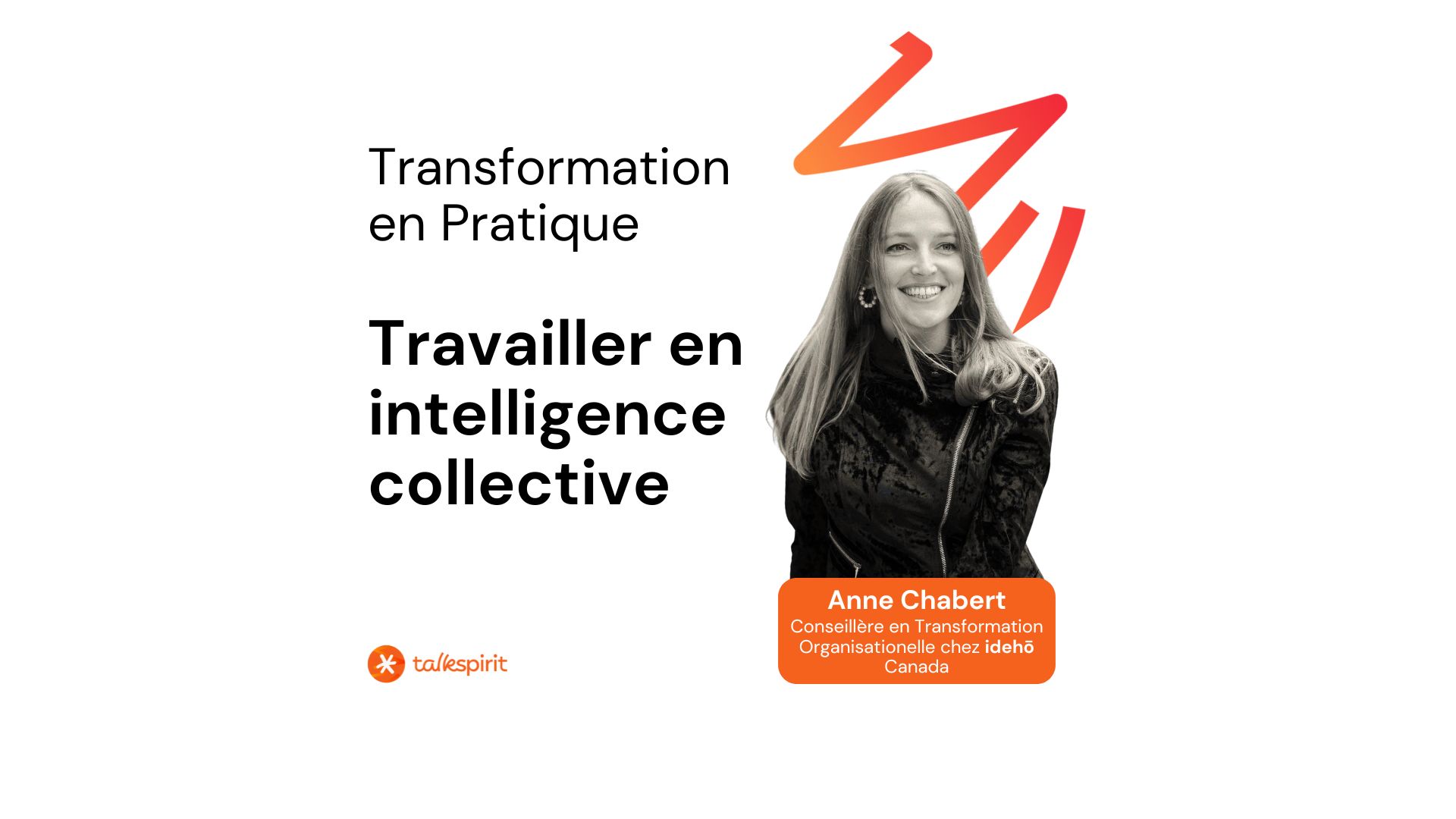

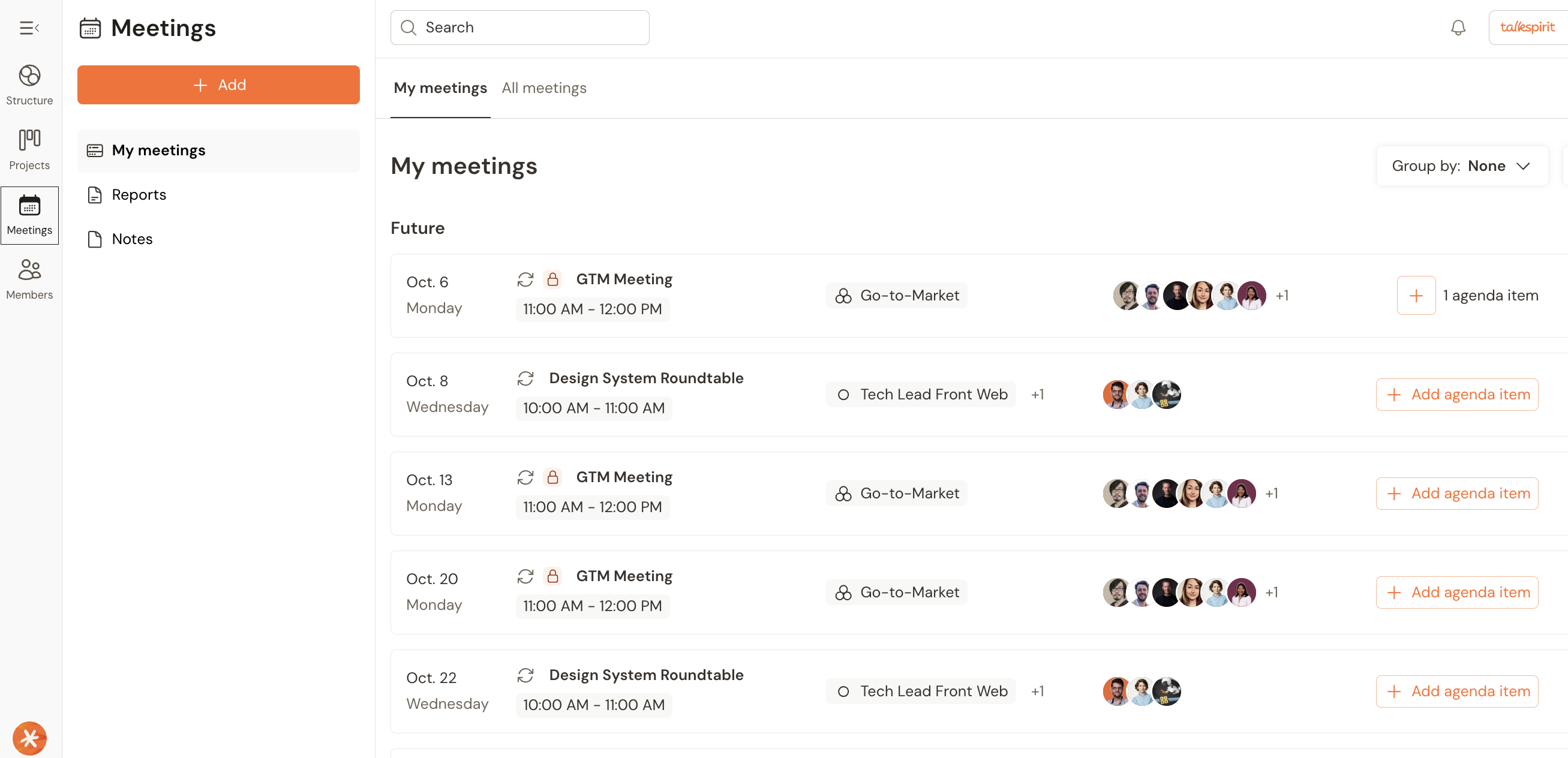



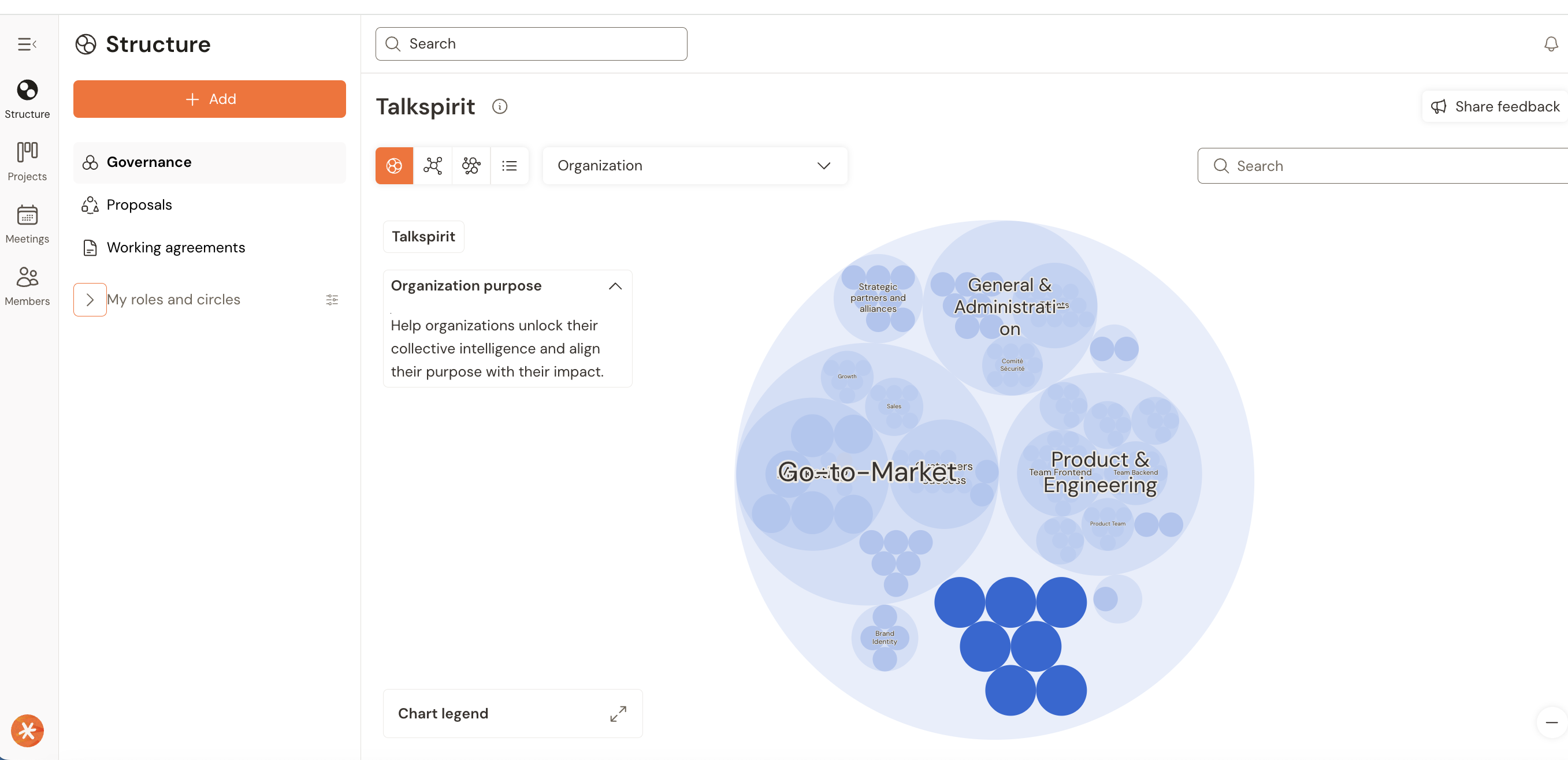
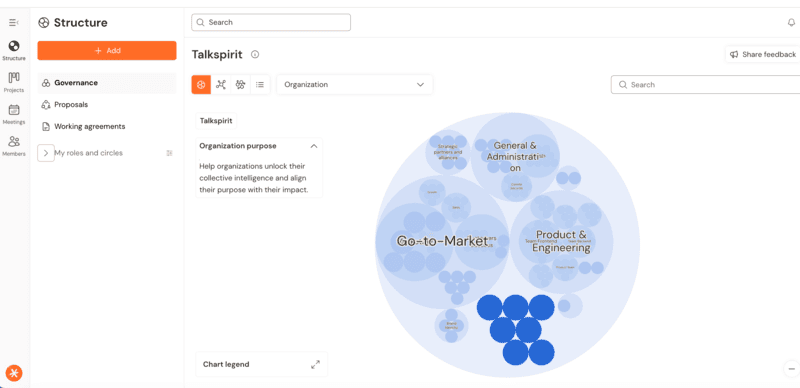

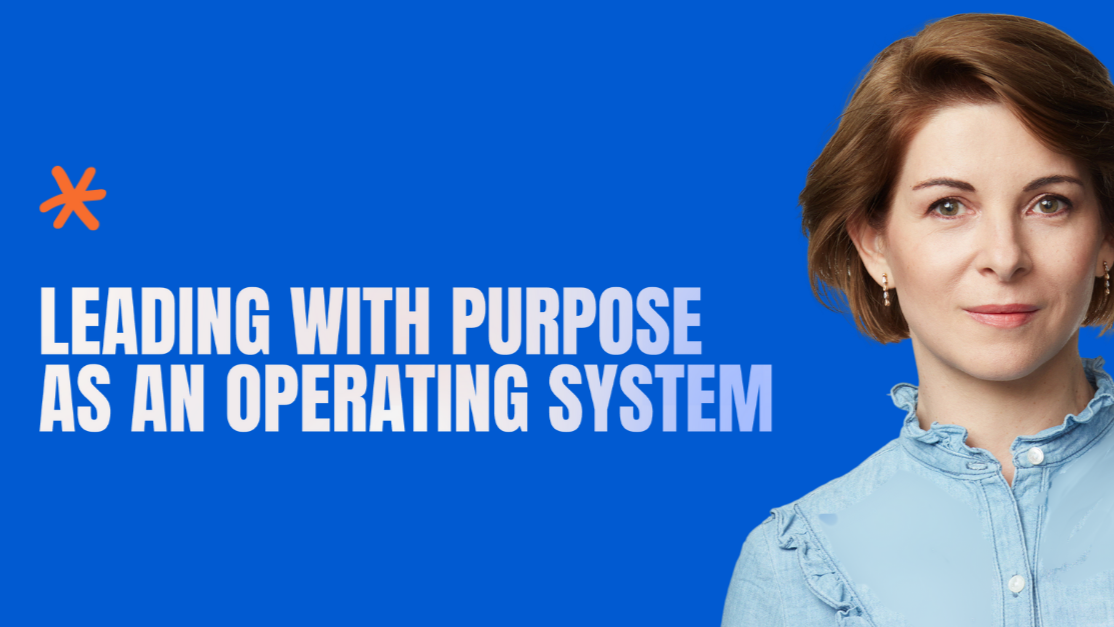







.jpg)





.jpg)
.jpg)







.jpg)
.jpg)


.jpg)
.jpg)


.jpg)











.jpg)




.jpg)



.jpg)

.jpg)



.jpg)








.jpg)


















.jpg)

.jpeg)